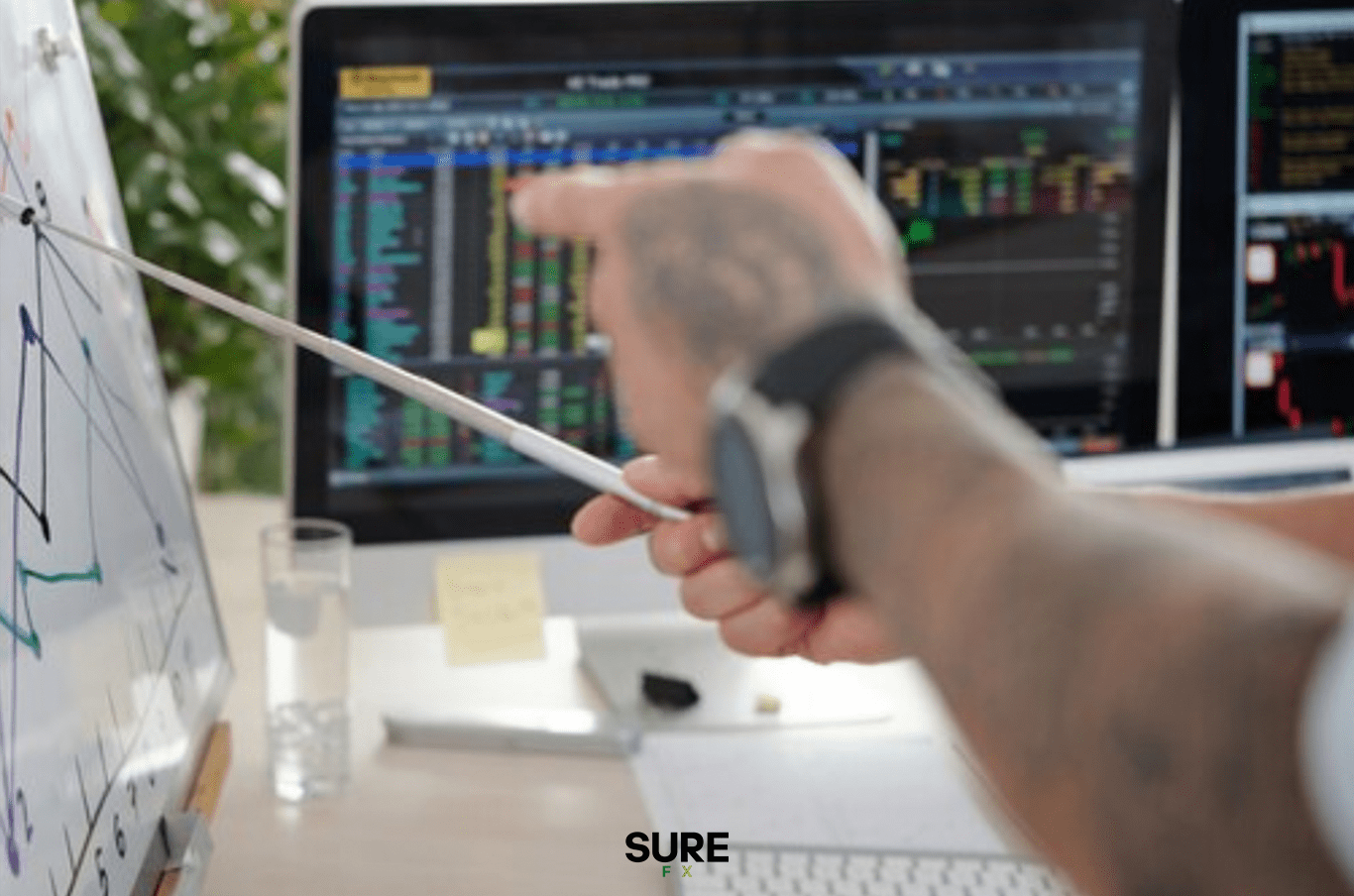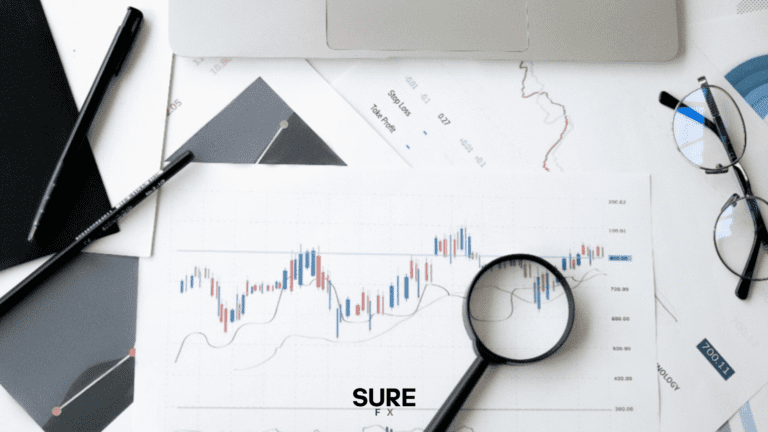I
n the high-stakes world of Forex trading, success isn’t a matter of luck—it’s about skill, strategy, and the ability to make informed decisions. The competition is fierce, and to truly stand out, you need more than just a basic understanding of the markets, technical indicators, or the latest economic reports. You need to leverage every available tool to give yourself a competitive edge. One of the most powerful tools at your disposal is back testing.
Back testing is your opportunity to test and refine your trading strategies using historical data. It’s like stepping into a time machine and reviewing how your strategies would have performed under real market conditions. This valuable process helps you build a solid, confident approach to trading, ensuring that you have a proven plan when you enter the live markets. Whether you’re a newcomer or an experienced trader, back testing can be the key to unlocking consistent profits and cultivating a disciplined mindset.
In this article, we’ll dive into why back testing is important for Forex trading, how it works, and how you can use it to optimise your trading strategies for long-term success.
What Exactly is Back testing?
Back testing is the process of applying your trading strategy to historical market data to see how it would have performed. By simulating trades based on past price movements, you can gain insights into how your strategy would have fared in real-world conditions—without risking any capital.
This is your chance to test your ideas, refine your techniques, and build a resilient strategy that’s grounded in reality. By back testing effectively, you transition from an uncertain beginner to a confident, informed trader—one who enters the live markets with a clear, proven plan.
Why is Back testing Important for Forex Trading?
- Assess Your Strategy’s Effectiveness
A successful Forex trader knows that strategy is everything. Back testing allows you to evaluate whether your trading strategy has the potential to succeed in the long run. By testing your strategy with historical data, you can examine key performance metrics like your win/loss ratio, average profit per trade, and maximum drawdown. These insights will show you not only how your strategy performs, but also where it needs improvement.
- Refine Your Risk Management
In trading, managing risk is paramount. Back testing gives you a clear view of the potential risks your strategy carries, such as large drawdowns or periods of stagnation. Armed with this knowledge, you can adjust critical risk parameters—such as stop-loss levels, position sizes, and risk/reward ratios—to safeguard your capital.
- Optimise for Maximum Profit
Back testing is like training for your trading strategy. It’s the perfect time to experiment with different settings and parameters—whether adjusting indicators, changing entry/exit points, or tweaking risk management rules. This optimisation process helps you find the best combination that delivers the highest returns while minimizing risk.
- Build Confidence in Your Strategy
Trading with uncertainty can be like walking a tightrope without a safety net. Back testing helps you build the confidence needed to execute your strategy with discipline and consistency. When you see how your strategy has performed under various market conditions—whether trending, volatile, or stable—you’ll gain the reassurance that your approach is sound, no matter the market environment.
- Understand How Your Strategy Performs in Different Market Conditions
The Forex market is constantly changing, and the ability to adapt your strategy to different conditions is key. Back testing helps you understand how your approach performs in various market environments—whether trending, ranging, or volatile. With this knowledge, you’ll know exactly when to apply your strategy for optimal results.

- Avoid Overfitting
A major pitfall of back testing is the risk of overfitting—when a strategy is too specifically tailored to past data, leading to poor performance in live markets. Effective back testing helps you avoid this by testing your strategy across different time periods and market conditions, ensuring that your approach is robust and adaptable to any environment.
How to Back Test Your Forex Strategy Like A Pro
- Choose the Right Back Testing Platform
The first step in back testing is selecting a platform that offers the tools and historical data you need. Popular platforms like MetaTrader 4 (MT4) and MetaTrader 5 (MT5) offer built-in back testing features, while platforms like TradeStation or NinjaTrader provide more advanced capabilities for traders looking to dive deeper.
- Gather High-Quality Historical Data
The accuracy of your back test depends heavily on the quality of your historical data. Ensure that the data you’re using is reliable and covers the appropriate time frames and currency pairs for your strategy. High-quality data equals high-quality results.
- Define Your Strategy
Before back testing, make sure your strategy is clearly defined. This includes setting your entry and exit criteria, risk management rules, and any other parameters that affect your trading decisions. The more precise your strategy, the more meaningful your back test results will be.
- Run the Back Test and Analyse the Results
Once you’ve defined your strategy, apply it to historical data and run the back test. Pay attention to key metrics like win/loss ratio, drawdowns, and overall profitability. These insights will help you understand how well your strategy performs and where you might need to make adjustments.
- Optimise and Adjust
After reviewing your back test results, experiment with different settings and parameters to improve performance. Run the back test again and analyse how the changes impact your strategy’s profitability and risk. Optimisation is an ongoing process that’s crucial for finding the best version of your strategy.
- Forward Test in Real-Time with a Demo Account
Once you’re satisfied with your back test results, it’s time to forward test your strategy in a demo account. This is an essential step to see how your strategy performs in real market conditions without risking real money. Forward testing lets you fine-tune your approach and gain confidence before trading with live capital.
How Accurate is Back testing in Forex Trading?
While back testing is a valuable tool, it’s important to remember that it’s not foolproof. The accuracy of back testing depends on factors like the quality of data, the adaptability of your strategy, and the ability to avoid overfitting. However, when used properly, back testing is an invaluable tool for refining your strategies and increasing your chances of success in Forex trading.
Conclusion: Empower Your Forex Journey with Back testing
Back testing isn’t just a technical process—it’s a key component of becoming a successful Forex trader. It gives you the ability to test, refine, and optimise your strategies before risking real capital. Whether you’re new to trading or a seasoned veteran, back testing provides the insights you need to build confidence, improve your risk management, and create a strategy that works in real-world conditions.
So, take the time to dive into back testing, refine your strategies, and unlock your full trading potential. With a well-tested plan, you’ll be ready to tackle the markets with confidence and achieve long-term success. The tools are in your hands—now it’s time to take action and step into the future of Forex trading.
For those looking to dive deeper into Forex education courses or Forex trading classes, learning the fundamentals of back testing and applying it to real-world situations can significantly improve your trading results. The power of back testing, combined with solid education, can propel your journey toward becoming a successful, informed Forex trader.







One Response
Hi there! Do you know if they make any plugins to safeguard against hackers?
I’m kinda paranoid about losing everything I’ve worked hard on. Any tips?